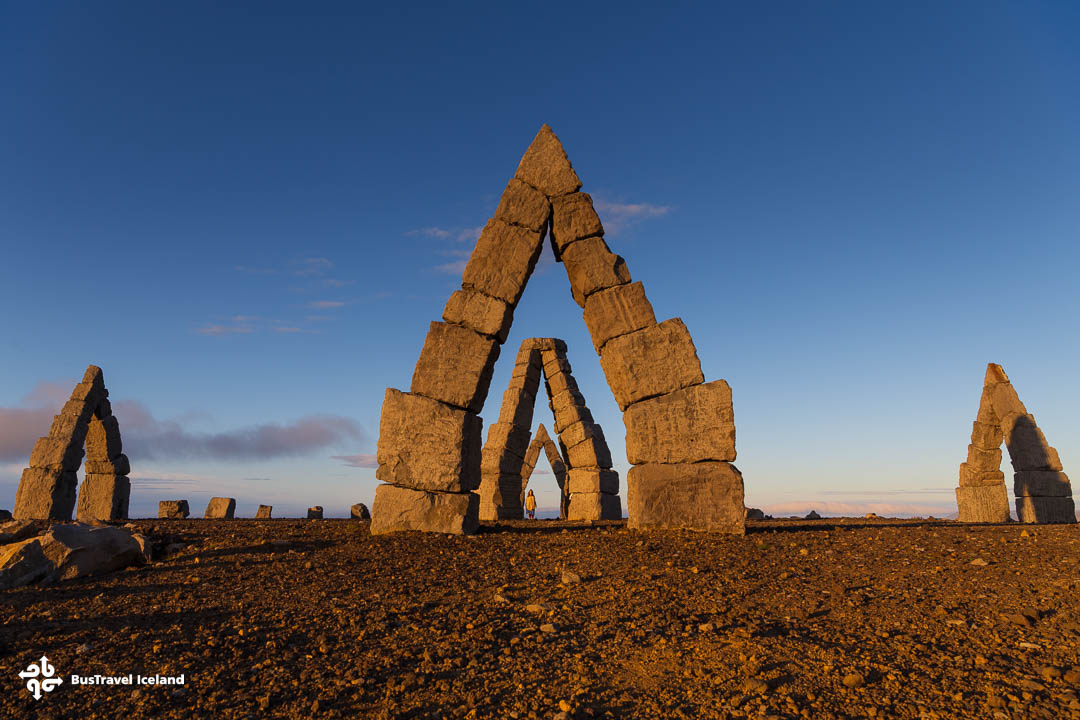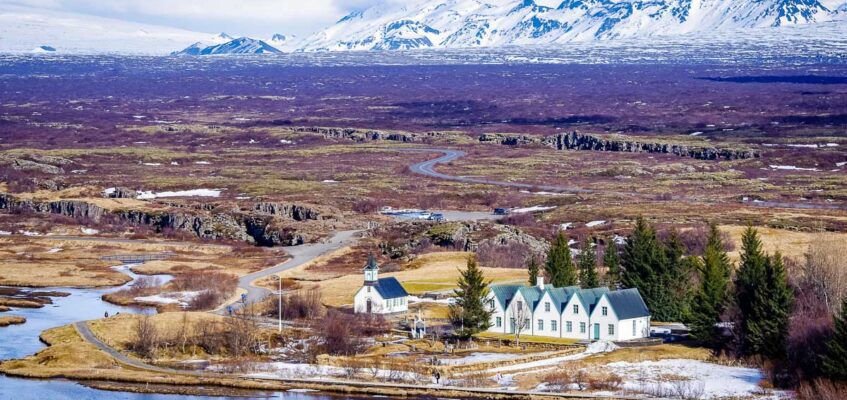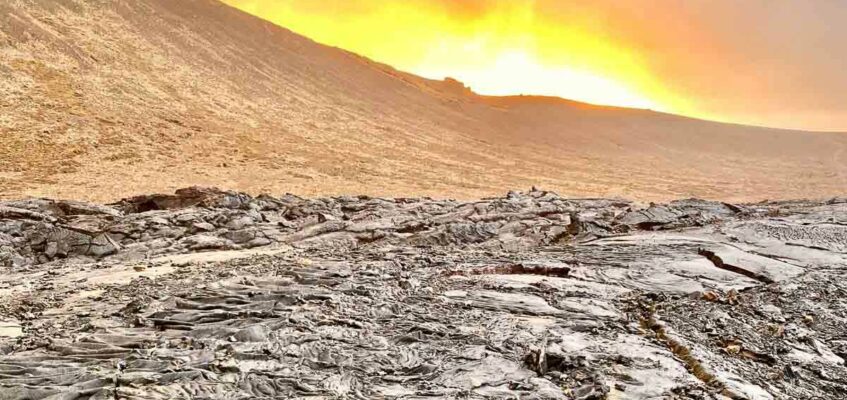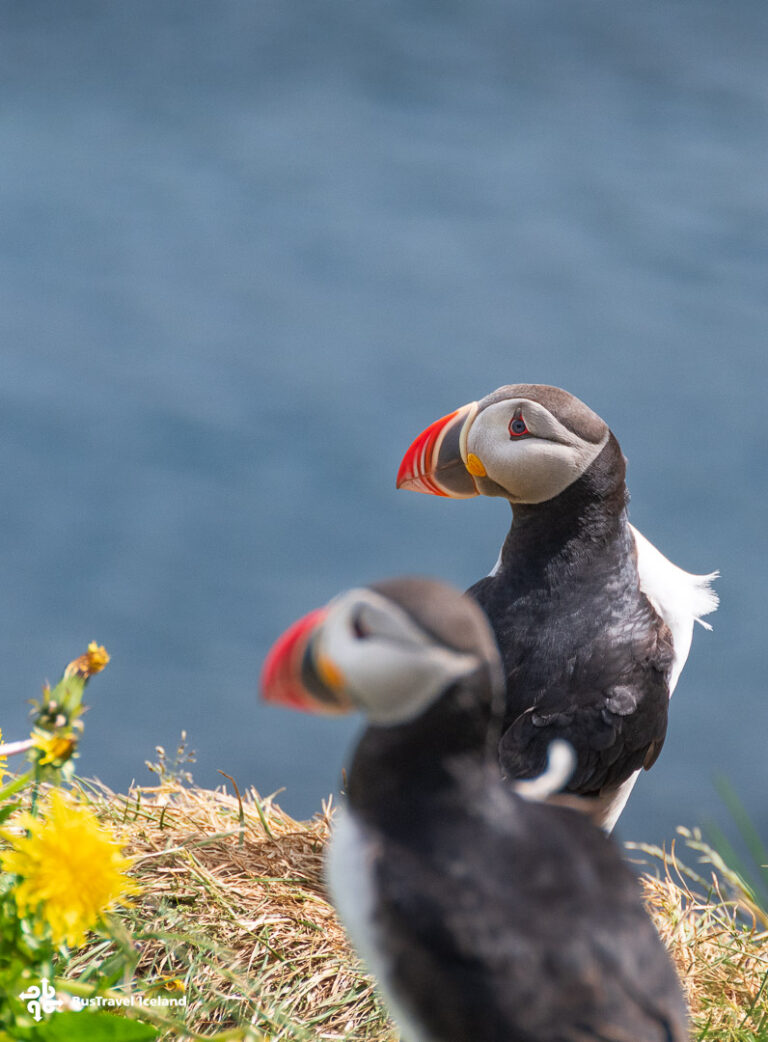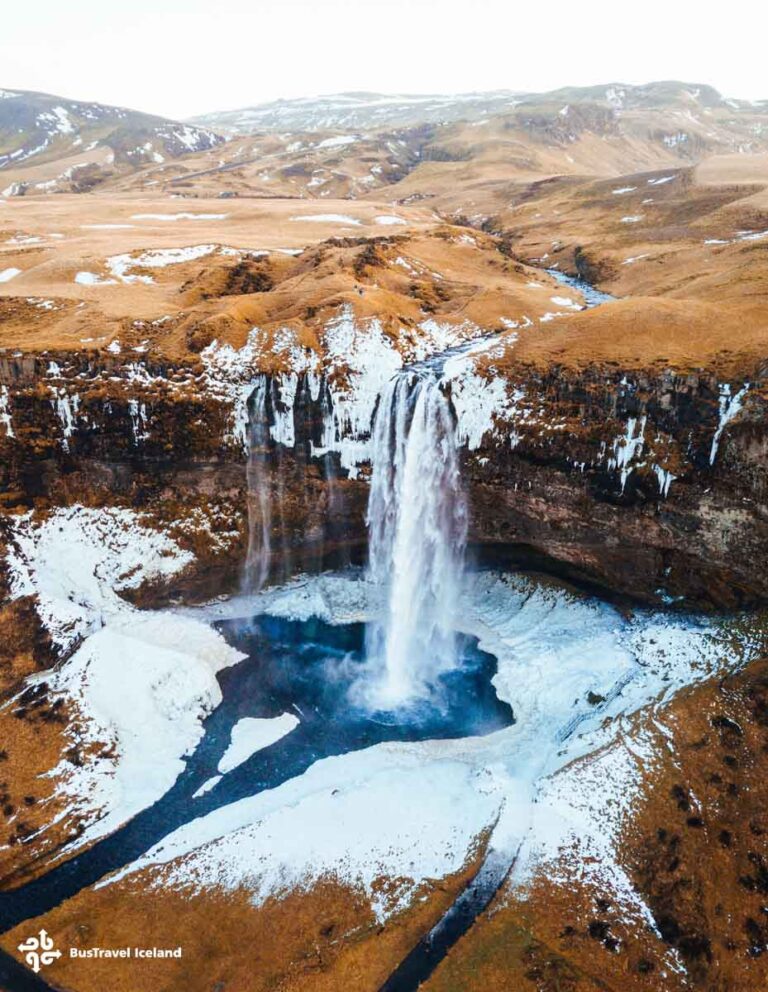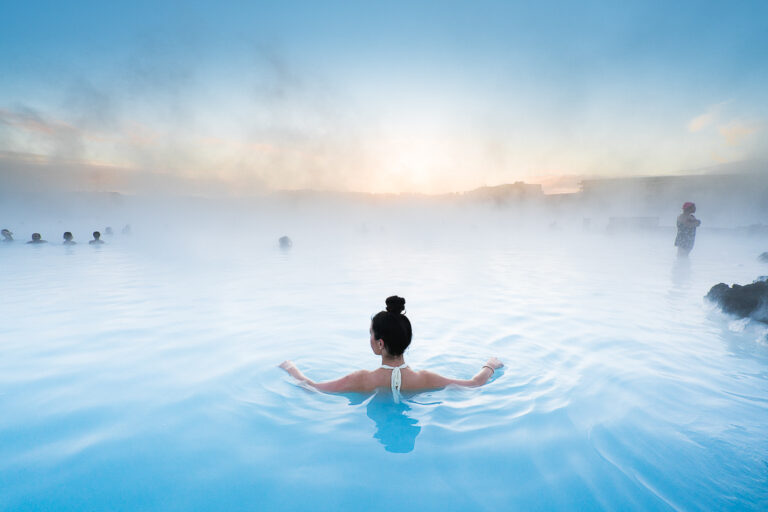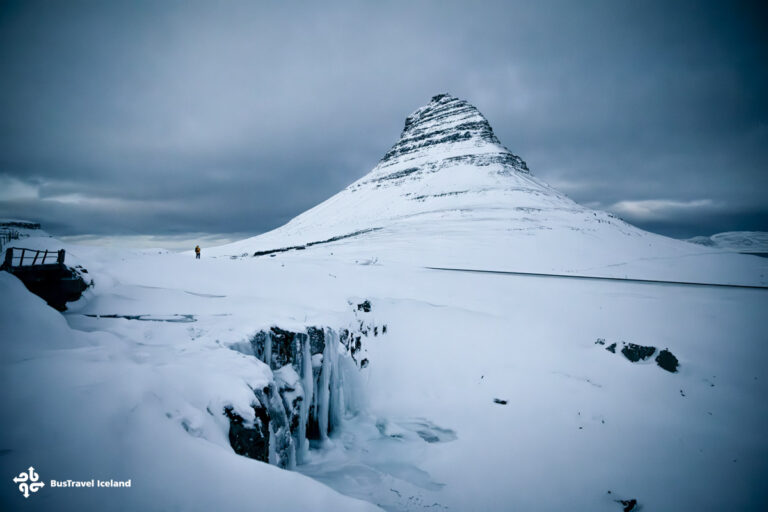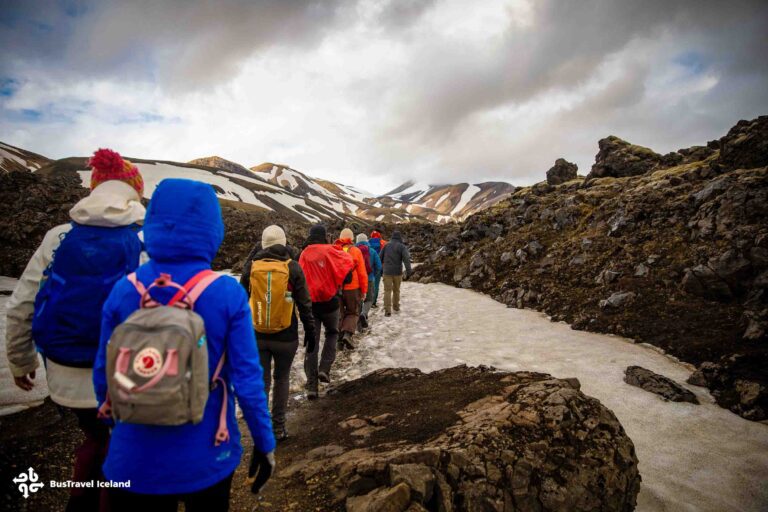Borgarfjörður Eystri in East Iceland, and Its Puffin Island
- East Iceland
- 18 Mar 2025
On Iceland’s remote eastern coast, Borgarfjörður Eystri in Iceland is a destination that combines dramatic landscapes, rich history, and unparalleled wildlife encounters such as puffins.

Home to just around 100 residents, this charming fishing village offers an authentic, off-the-beaten-path Icelandic experience that remains largely untouched by crowds and trends.
Where is Borgarfjörður Eystri and How To Get There
Reaching Borgarfjörður Eystri is an adventure in itself. The 70-kilometer (43-mile) drive from Egilsstaðir, the largest town in East Iceland, takes visitors along winding mountain roads with breathtaking views of fjords and valleys.
The final stretch of the journey crosses the Njarðvíkurskriður mountain pass, a steep and often mist-shrouded section that enhances the remote allure of the destination. Despite its isolation, the road is well-maintained and accessible year-round.
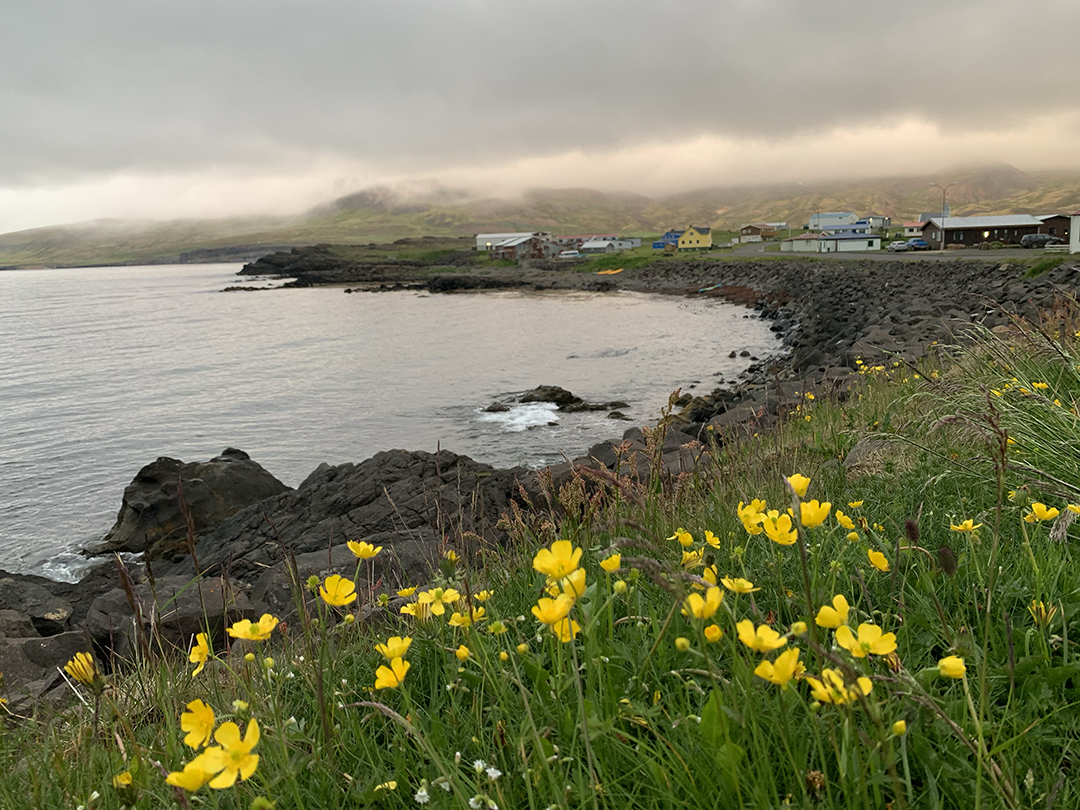
What To Do in Borgarfjörður Eystri
Just before reaching the summit of Njarðvíkurskriður, before the descent into the village, a beautiful viewing platform offers a breathtaking panorama.
Rolling mountains stretch into the horizon, framing a vast wetland valley below. Beyond, a striking black sand beach meets the rhythmic crash of white-crested waves, while the North Atlantic extends endlessly, its deep blue hues shifting with the light.

This unexpected stop provides a true taste of East Iceland—an enchanting region that, as locals often say, doesn’t resemble the fiery landscapes typically associated with Iceland. Instead, it holds a beauty all its own, marked by rugged serenity and a quiet, untamed charm.
After you reach the entrance road to the village of Borgarfjörður Eystri, there are plenty of spots that are worth checking out.

Puffin-Watching in Borgarfjörður Eystri
Borgarfjörður Eystri is a paradise for bird lovers. The area boasts one of Iceland’s best puffin-watching spots at Hafnarhöfn, a large puffin colony in the country, where an estimated 10,000 pairs of puffins nest from April to mid-August.
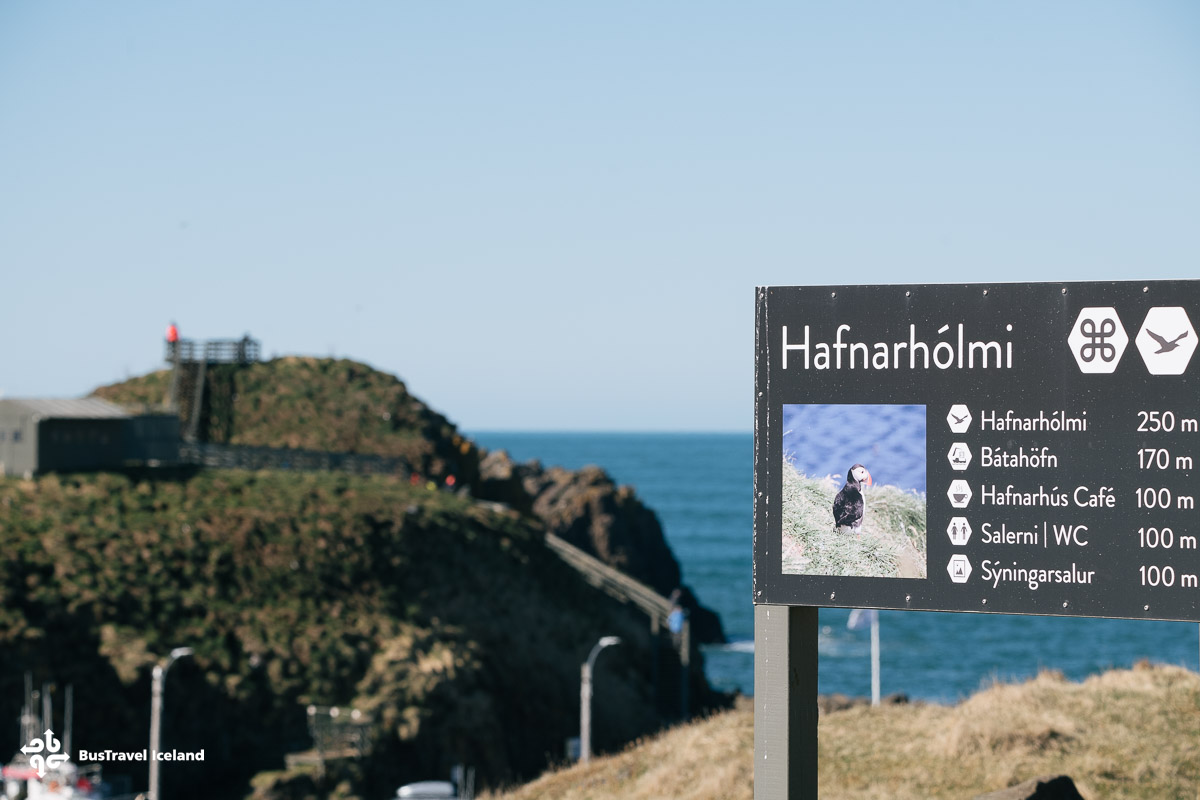
The breeding season for puffins typically runs from late April to mid-August. They arrive at their nesting sites in late April or early May, lay their eggs in May or June, and the chicks (called pufflings) hatch around late June or early July. By mid to late August, the pufflings leave the nest, and the adult puffins head back to sea until the next season.
If you’re planning a trip to see them in Iceland, the best months for puffin-watching are June and July, when they are most active in their colonies.
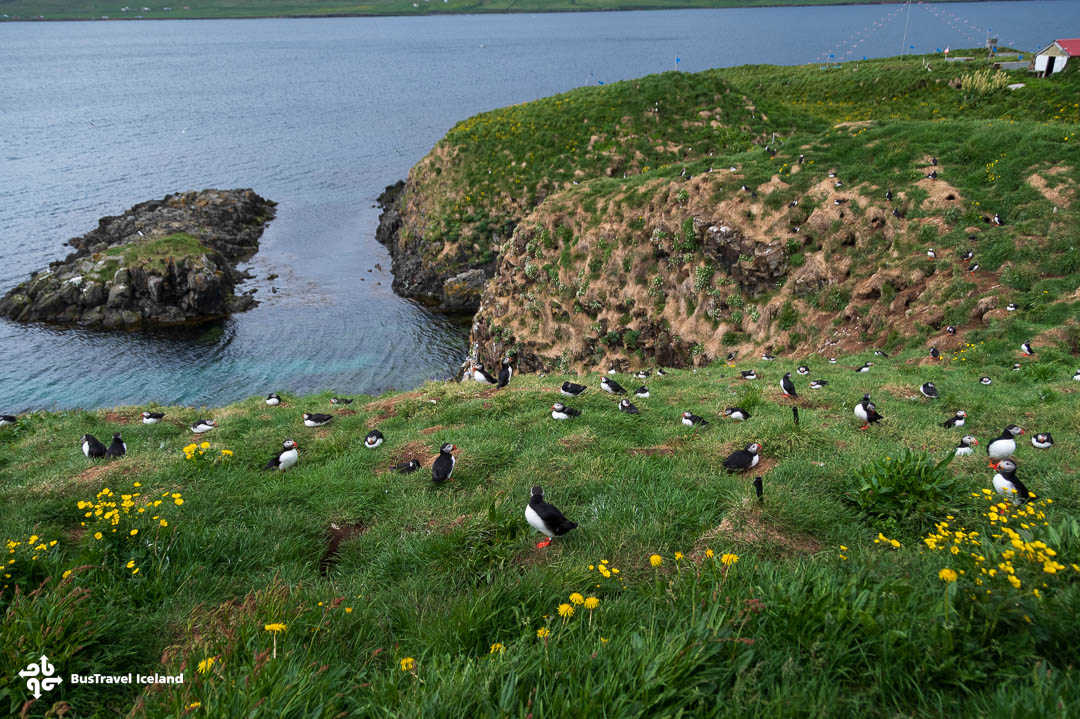
Puffin watching is very easy to do in Borgarfjörður Eystri, as wooden walkways bring you within just one meter (three feet) close to the puffins and other seabirds, offering an intimate yet unobtrusive viewing experience. It’s the perfect spot for those eager to witness the lively movements and charming antics of Iceland’s beloved puffins up close.
Perched atop Hafnarhöfn, a wooden observation hut offers a perfect vantage point to watch seabirds in their natural habitat without disturbing them. Here, you can sit back, enjoy a snack or drink if you’ve brought one along, and take in the breathtaking beauty of Icelandic nature in peaceful solitude.

Iceland is one of the best places in the world for puffin watching, with millions of these iconic seabirds nesting along its rugged coastlines from late April to mid-August. One of the top spots for puffin sightings is the Westman Islands (Vestmannaeyjar), home to Iceland’s largest colony, where over 1 million pairs nest on Heimaey. Visitors can take a puffin tour or a boat tour to see them up close, whether from the cliffs of Borgarfjörður Eystri, the Látrabjarg bird cliffs in the Westfjords, or islands like Lundey (“Puffin Island”) near Reykjavík. These tours offer a unique chance to observe puffins in Iceland close to their natural habitat, capturing their lively movements and colorful beaks during the breeding season.
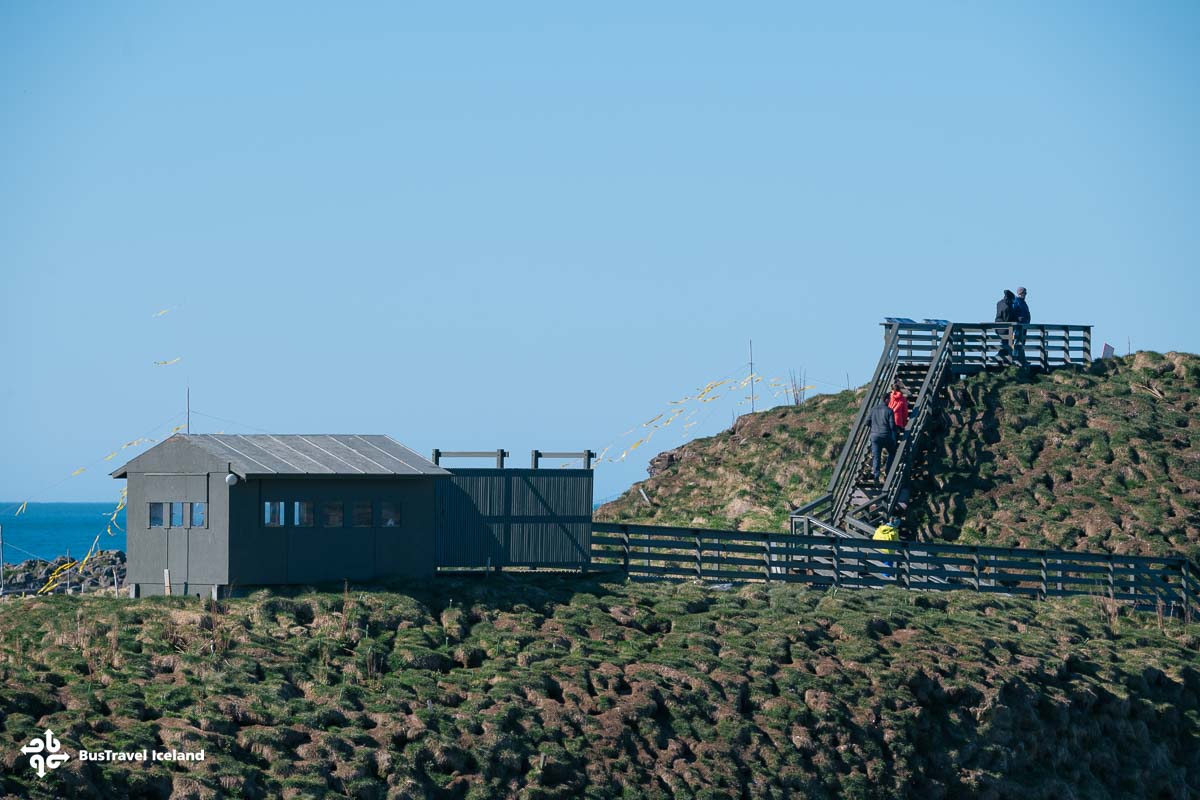
Borgarfjörður Eystri Famous Hiking Trails
If you plan to stay a night in Borgarfjordur Eystri, planning a hiking trip in the area, it can be one of the best experiences in East Iceland, as the region is famous for its hiking trails and outdoor activities. The Víknaslóðir Trail, also known as the “Trails of the Inlets,” spans approximately 150 kilometers (93 miles) of marked routes, winding through colorful rhyolite mountains, deep valleys, and hidden coves. One of the most popular hikes is the 12-kilometer (7.5-mile) trail from Breiðavík to Borgarfjörður Eystri, offering stunning panoramic views of the coastline and the surrounding peaks, some of which rise over 1,000 meters (3,280 feet).
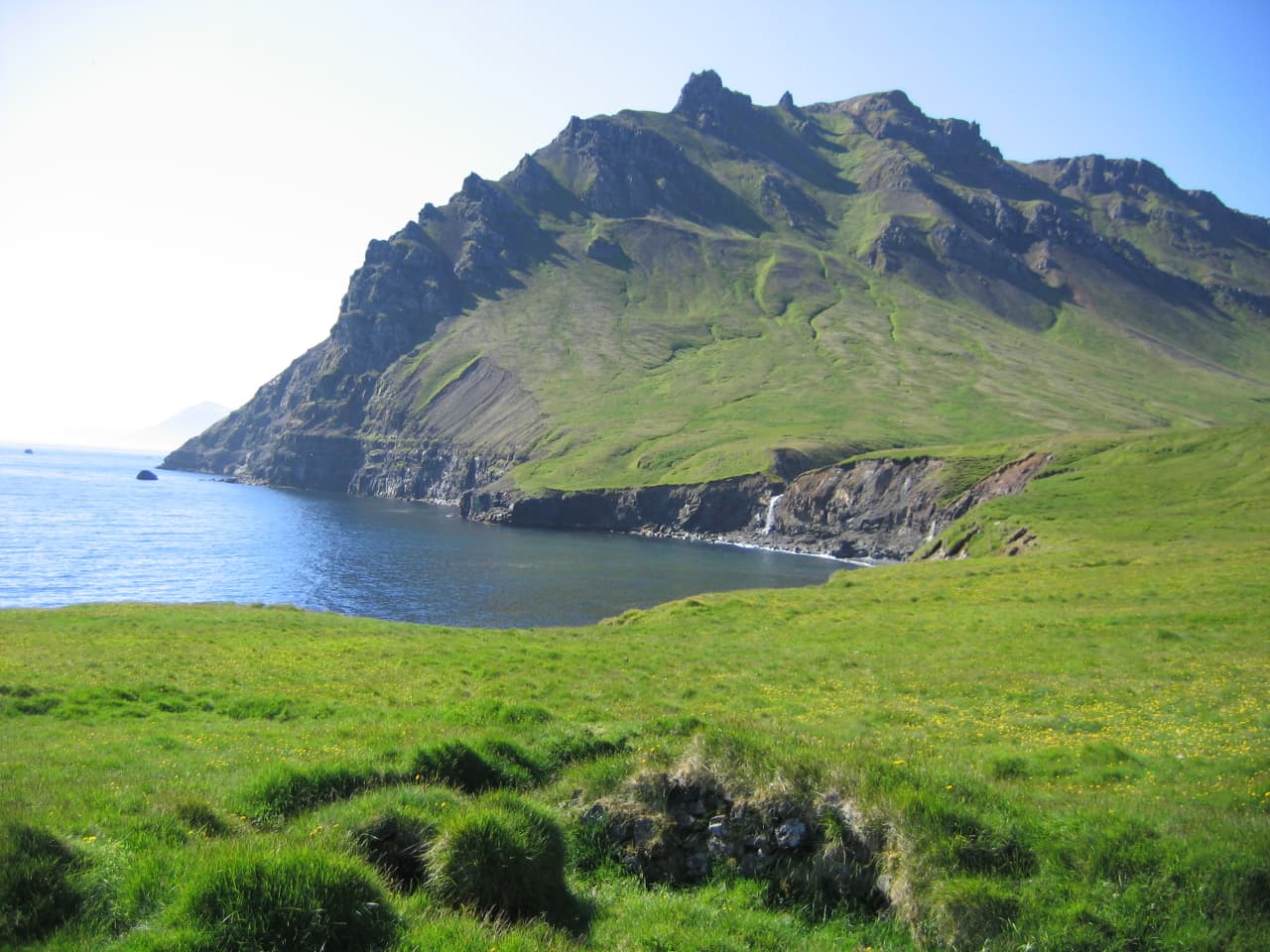
The Blábjörg Cliffs and Brúnavík Trail is a scenic route that starts from Borgarfjörður Eystri and takes about 30 minutes one way to reach the breathtaking Blábjörg cliffs, known for their striking blue rock formations. If you continue further, the trail leads to Brúnavík, a secluded golden-sand beach surrounded by rugged mountains. It’s a relatively easy hike with rewarding coastal views, making it a great option for those looking to explore the natural beauty of the area without a strenuous trek.
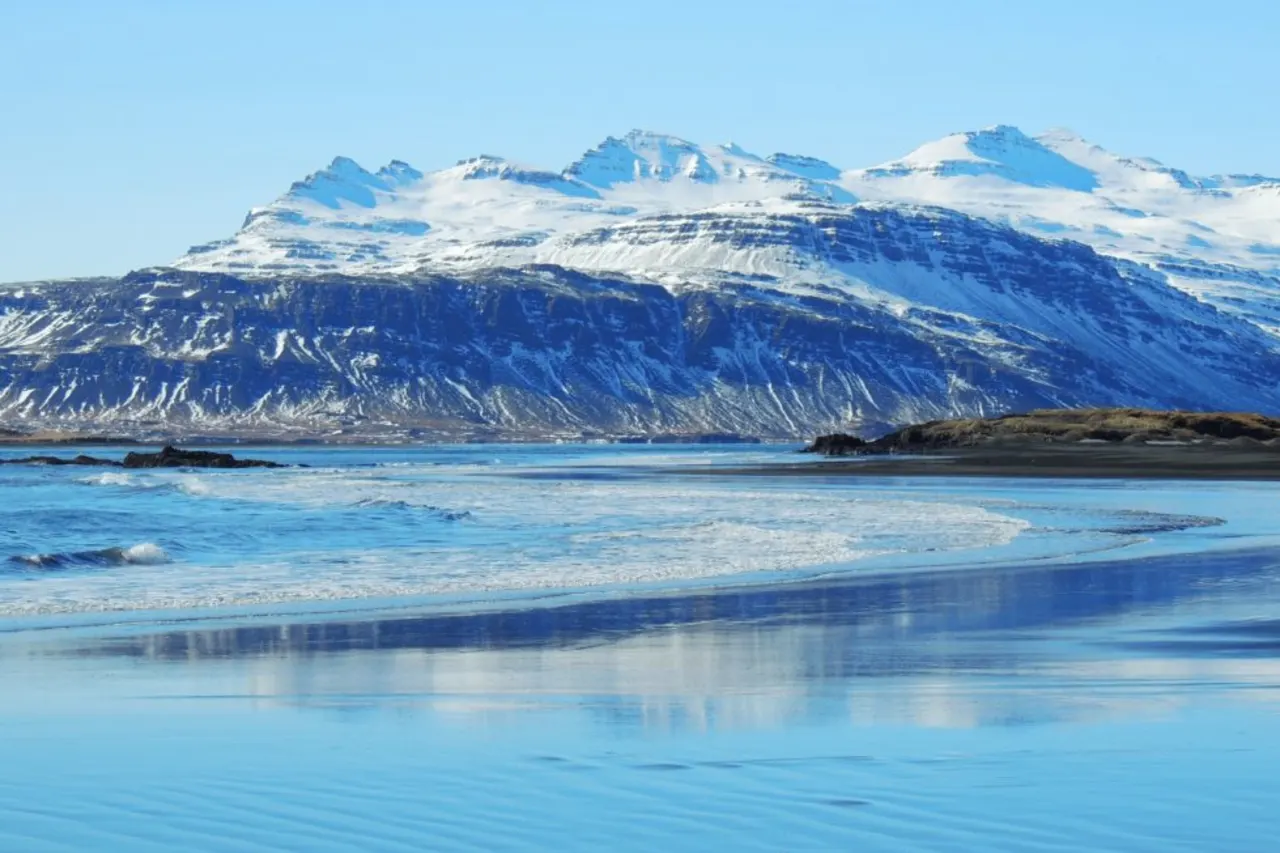
Borgarfjörður Eystri Local Charm
Back in Borgarfjörður Eystri, stepping into Lindarbakki feels like traveling through time. This charming red turf house, dating back to the late 19th century, is one of Iceland’s best-preserved examples of traditional architecture.
For a taste of the region, Álfacafé serves up freshly caught seafood, including pan-fried Arctic char and langoustine soup, both sourced from the nearby fjords. As a tiny fishing village of just 100 residents, Borgarfjörður Eystri is surrounded by vibrant rhyolite mountains and the vast North Atlantic Ocean. Its quaint harbor, lined with colorful houses, country hotels, and bustling fishing boats, offers a glimpse into Iceland’s past.
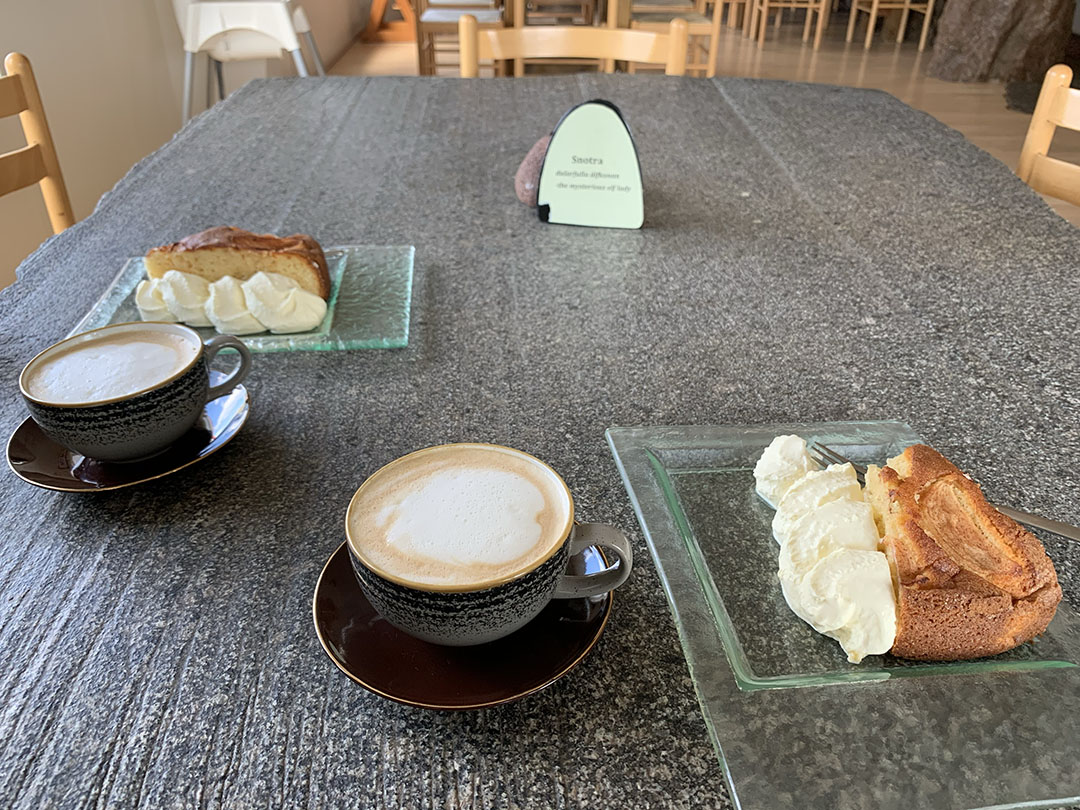
Steeped in folklore, the village is home to Álfaborg, a sacred hill where elves are said to dwell. Scenic trails wind through the landscape, leading to hidden beaches, dramatic cliffs, and breathtaking viewpoints. Tranquil and untouched, Borgarfjörður Eystri is a true hidden gem, where nature, culture, and warm hospitality come together in perfect harmony.

Why Visit Borgarfjörður Eystri?
Unlike the heavily trafficked sites of the Golden Circle, South Iceland, and North Iceland, Borgarfjörður Eystri offers solitude and a chance to experience Iceland’s wild beauty in peace. With its rich wildlife, striking landscapes, and welcoming local community, this hidden gem provides a perfect mix of adventure and tranquility.
Whether you’re exploring world-class hiking trails, observing puffins up close, or simply soaking in the quiet beauty of the fjord, Borgarfjörður Eystri is a must-visit for those looking to escape the crowds and immerse themselves in Icelandic nature at its purest.
Many Iceland Ring Road tours include a stop at Borgarfjörður Eystri during the summer, offering visitors an unforgettable puffin-watching experience—one of the season’s must-do activities. For those departing from East Iceland, a variety of day trips and guided multi-day tours provide the perfect opportunity to explore the village’s unique charm.
For those exploring East Iceland, a visit to Borgarfjörður Eystri is highly recommended—a hidden gem where breathtaking landscapes, rich folklore, and incredible wildlife come together to create an unforgettable travel experience.
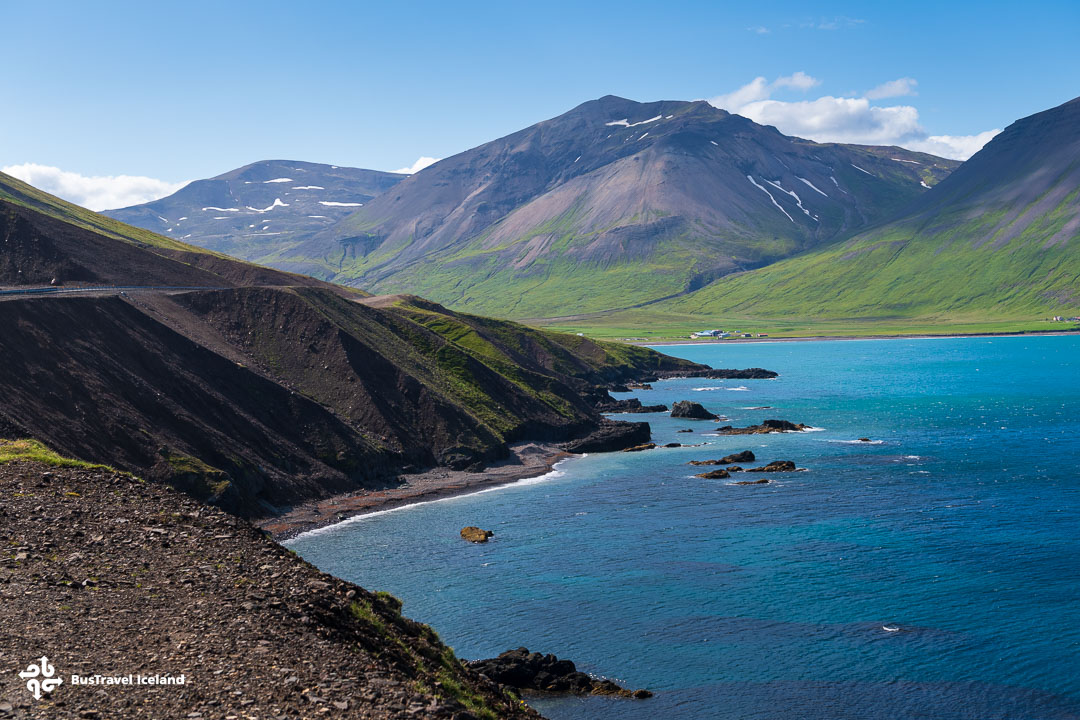
Exploring Beyond Borgarfjörður Eystri
Seyðisfjörður
A scenic 70 km (43 mi) drive from Borgarfjörður Eystri, first along Road 94 and then over the winding Road 93, leads to the picturesque town of Seyðisfjörður. Known for its colorful wooden houses, thriving arts scene, and the famous rainbow street leading to the blue Seyðisfjörður Church, this fjord-side village is one of East Iceland’s cultural gems. Surrounded by towering mountains and cascading waterfalls such as Gufufoss, it serves as the main arrival port for the Norröna ferry, connecting Iceland to mainland Europe, with plenty of shore excursions departing from the port. For hikers, the Vestdalur Valley trail offers a scenic trek with waterfalls and breathtaking fjord views.
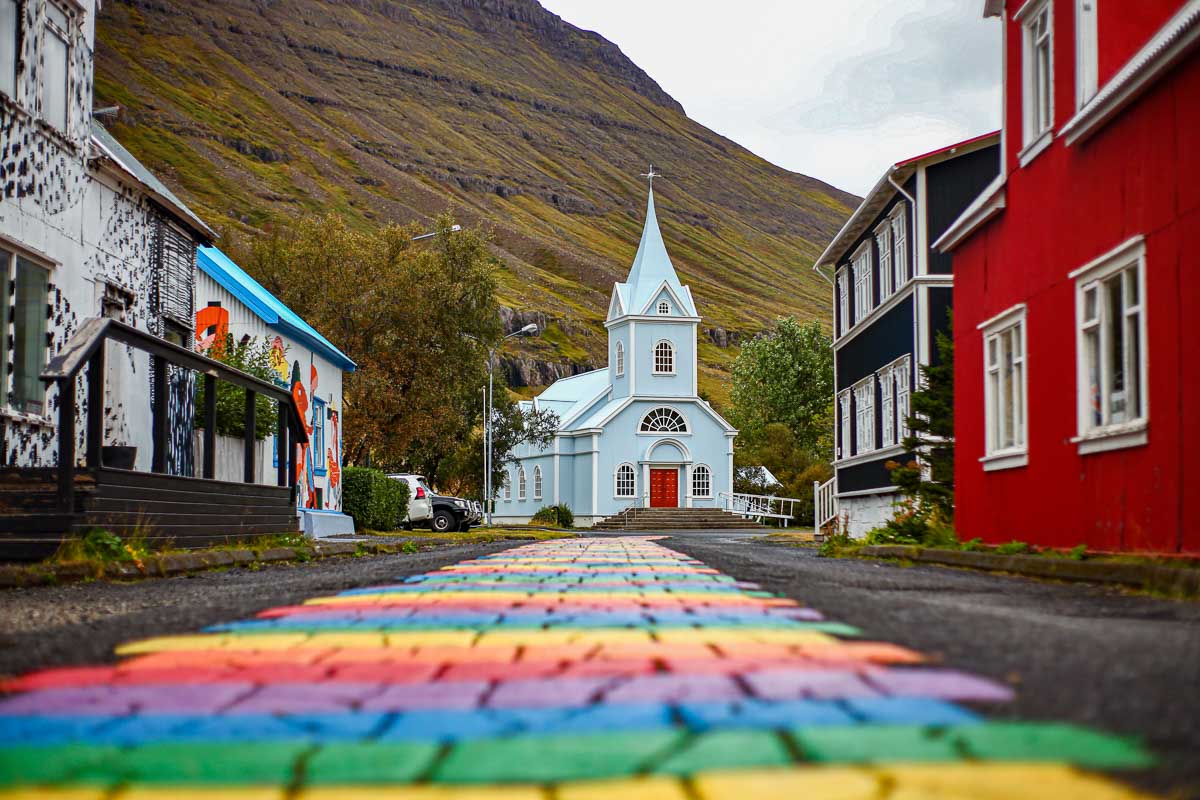
Hengifoss and Litlanesfoss Waterfalls
One of Iceland’s tallest waterfalls, Hengifoss, drops 128 meters (420 feet) over dramatic basalt cliffs lined with striking red clay layers, revealing millions of years of geological history. A 2.5 km (1.5 mi) hike from the parking area also leads to Litlanesfoss, a smaller but equally stunning waterfall framed by towering basalt columns. To get here from Borgarfjörður Eystri, drive 100 km (62 mi) via Road 94 to Egilsstaðir, then follow Road 931 along the shores of Lake Lagarfljót, home to Iceland’s legendary lake monster.
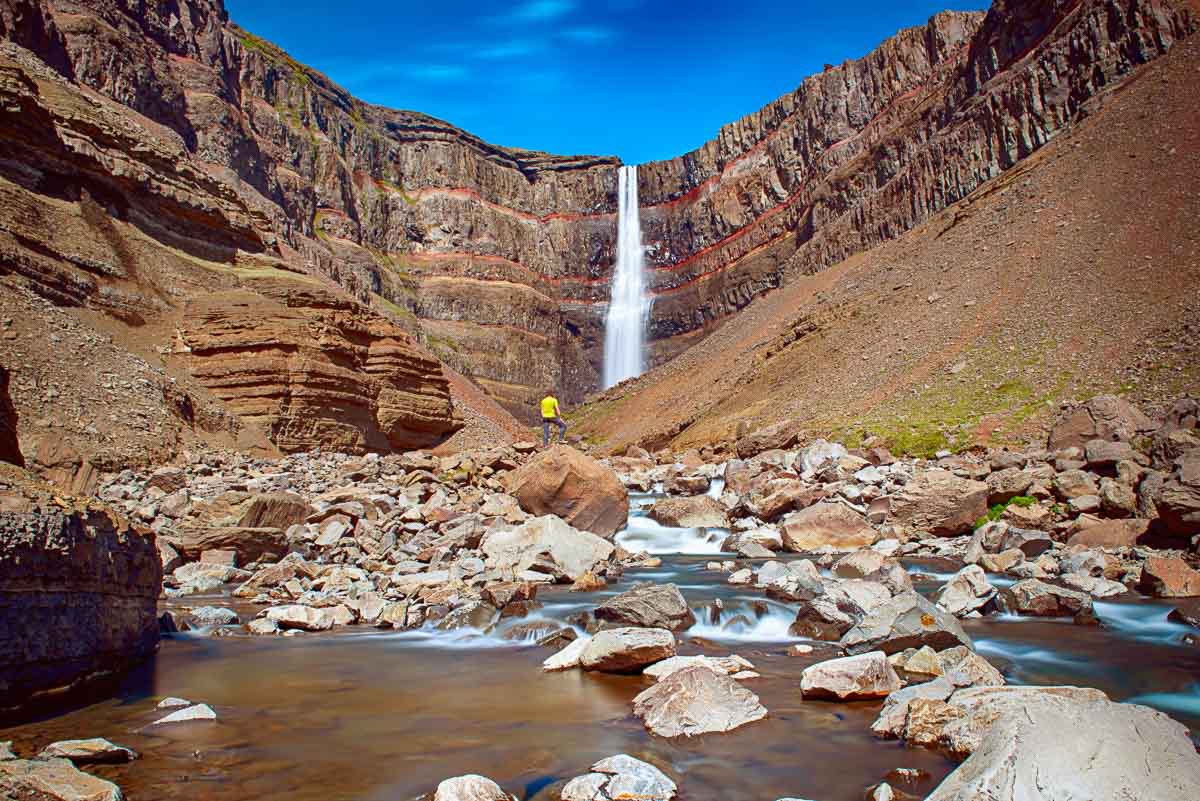
Egilsstaðir
As the largest town in East Iceland, Egilsstaðir is the region’s main hub for travelers, offering modern amenities, restaurants, and cultural experiences. Just 70 km (43 mi) west via Road 94, this riverside town sits along Lake Lagarfljót, known for its mythical serpent said to dwell beneath its waters. The East Iceland Heritage Museum offers insight into the area’s history, while cozy cafés serve locally sourced specialties. Egilsstaðir also serves as a launching point for trips to Seyðisfjörður, Hengifoss, and Borgarfjörður Eystri, making it a convenient stop when exploring the east.
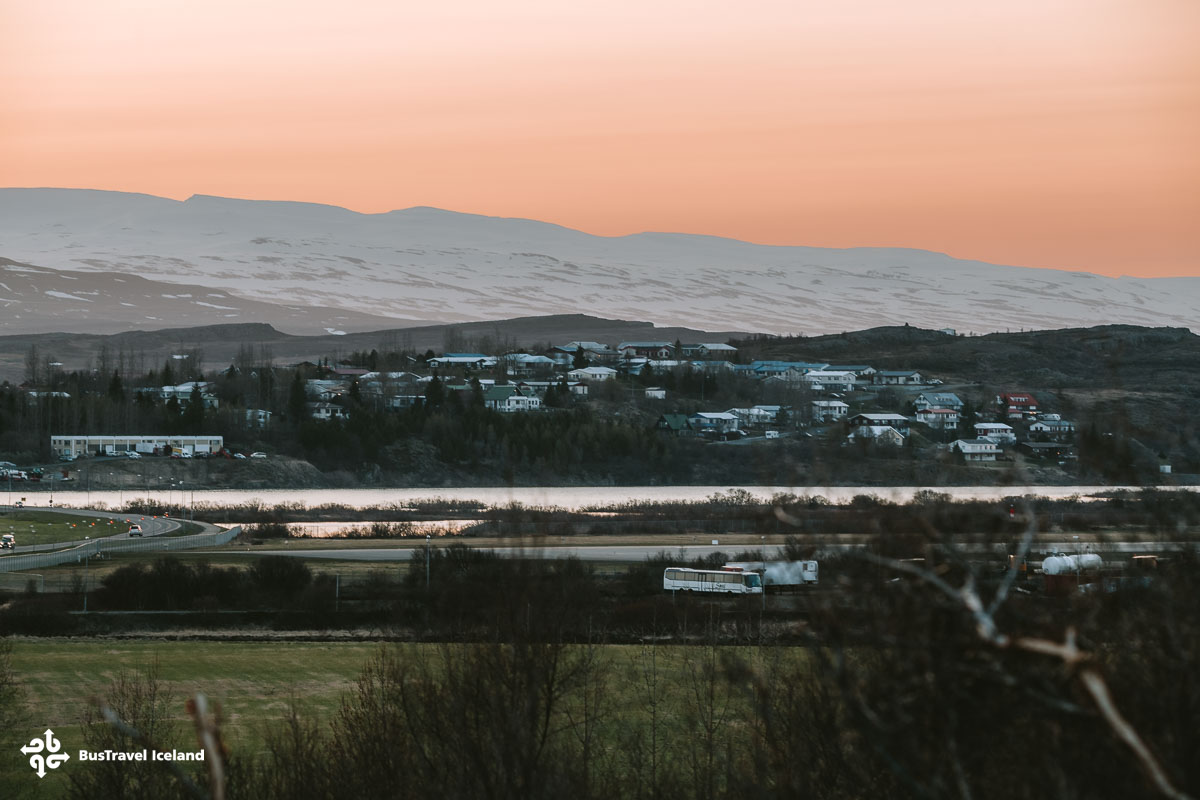
Dettifoss Waterfall
Located within Vatnajökull National Park, Dettifoss is Europe’s most powerful waterfall, with an astonishing 193 cubic meters (6,800 cubic feet) of water per second thundering down a 44-meter (144-foot) drop. To get there from Borgarfjörður Eystri, drive 240 km (149 mi) via Road 94, then follow Road 1 west before turning onto Road 864 for the eastern viewpoint. Nearby, the dramatic landscapes of Selfoss and Hafragilsfoss waterfalls make this an essential stop for those exploring Iceland’s volcanic north.

Djúpivogur
A peaceful fishing village along the Eastfjords, Djúpivogur is known for its artistic charm and unspoiled coastline. The town’s famous sculpture, Eggin í Gleðivík, features 34 oversized granite eggs, representing the region’s bird species. Towering above the town is Búlandstindur mountain, a striking peak believed to have mystical powers, especially during the summer solstice. A 230 km (143 mi) drive south from Borgarfjörður Eystri follows Road 94 to the Ring Road (Road 1), taking travelers past some of Iceland’s most scenic fjords.

Vök Baths
For a relaxing geothermal experience, Vök Baths offers hot pools floating on Lake Urriðavatn, just outside Egilsstaðir. These mineral-rich pools are Iceland’s only certified drinkable hot springs, with soothing infinity pools, a sauna, and a café serving local herbal teas. Just a 75 km (47 mi) drive via Road 94, this tranquil spot is the perfect place to unwind after a day of exploring East Iceland’s rugged landscapes.
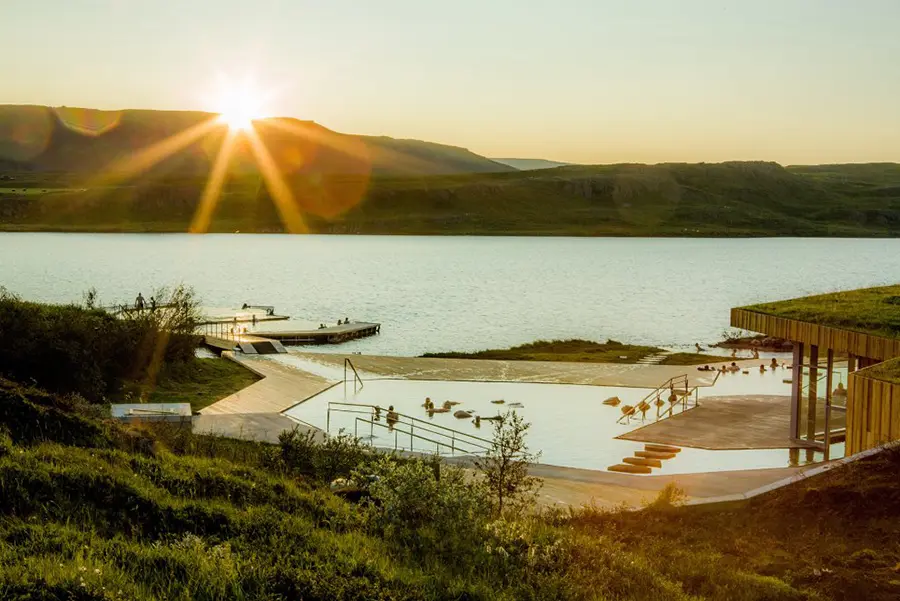
Höfn
Famous for its succulent langoustine, the seaside town of Höfn is known as Iceland’s “Lobster Capital,” hosting an annual festival dedicated to this delicious delicacy. Overlooking the Vatnajökull Glacier, the town offers stunning coastal scenery, charming cafés, and access to nearby attractions like Jökulsárlón Glacier Lagoon and Diamond Beach. The 320 km (199 mi) drive from Borgarfjörður Eystri follows Road 94 south before connecting to Road 1, winding through some of Iceland’s most dramatic coastal landscapes.
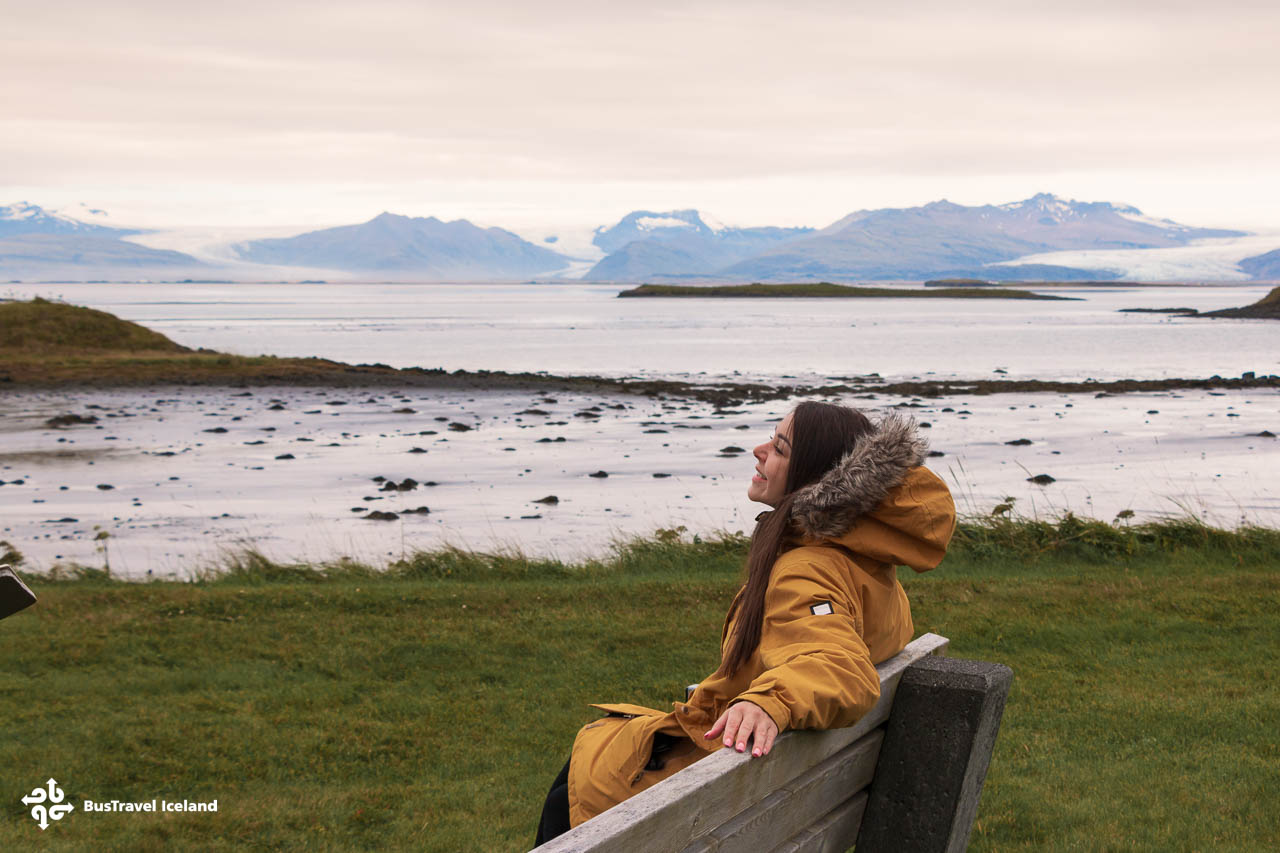
The Arctic Henge
Inspired by Norse mythology, the Arctic Henge in Raufarhöfn is a massive modern stone monument aligned with the sun’s movements, much like Stonehenge. Built with six-meter (20-foot) basalt arches, it symbolizes elements of Icelandic folklore and provides a breathtaking backdrop for the midnight sun and northern lights. The journey from Borgarfjörður Eystri covers 315 km (196 mi), first taking Road 94 south to Road 1 (Ring Road), then continuing north along Road 870. Despite the long drive, the raw, Arctic landscapes in North Iceland make it well worth the visit.
